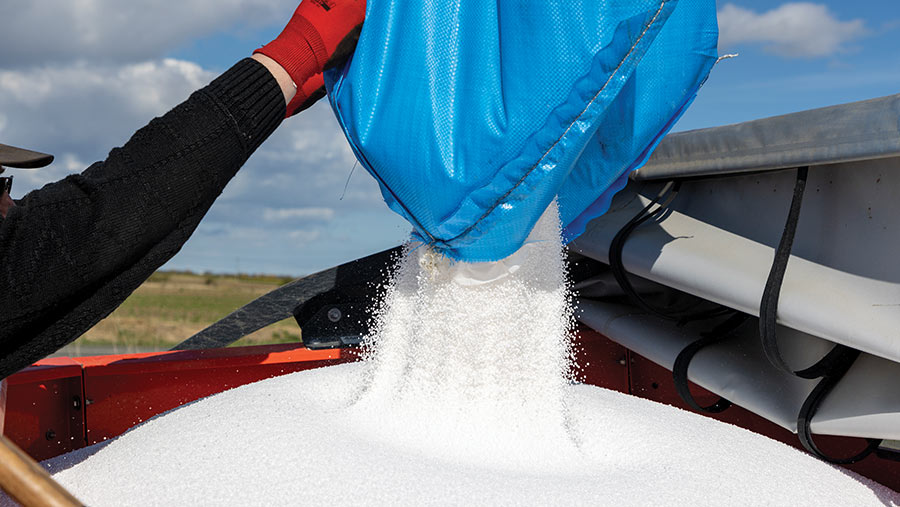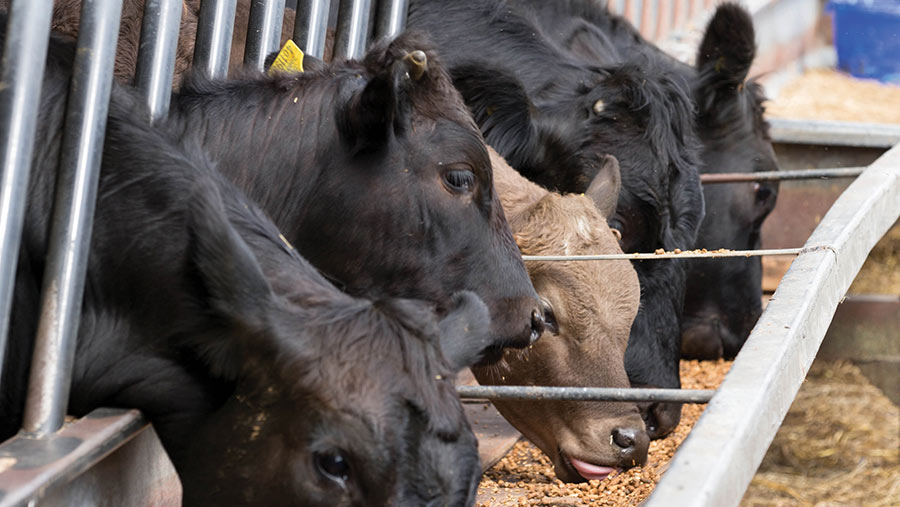Tips for smart savings on dairy input costs
 © GNP
© GNP Economies of scale are not the only way to generate savings on input costs.
For those smaller businesses prepared to monitor prices, adopting a flexible and smart approach to buying can be worth 5-15% off standard prices.
Over time and tonnage, this adds up, says independent consultant Gaynor Wellwood.
As a dairy farmer herself, running a 300-cow spring block-calving herd in Leicestershire, she understands the desire not to give away money that has been worked hard for.
Gaynor says it has been particularly tough this year, with higher labour bills to help staff through the cost-of-living crisis, and commodities remaining high while milk prices fell.
“Cost control determines your level of profitability and there is no substitute for monitoring your financial performance,” she says.
“Have cost control in your mind, then have simple disciplines such as always getting three quotes and planning ahead. Make time for it because it saves you money.”
Best value
Gaynor starts by reviewing last year’s invoices for comparison and focuses on feed, fuel and fertiliser.
They are key input costs that fluctuate in price according to dynamics including harvest, weather, imports and demand.
“Though you have to know your product, because you need to compare like with like. We want the best value, not a cheap price for a cheap product,” she adds.
Using AHDB markets and prices as a guide to pricing trends helps her identify the best time to buy out of season, or when prices fall.
Though she says this is not reliable in extremes of weather such as last year’s drought.
She requests prices on a regular basis to monitor the market – even if she is not ready to buy.
“I don’t want to go to market when desperate; you need to be at least a month ahead.
“For instance, from July to August my fuel quote went up 6p/litre. That’s why planning is critical,” she explains.
However, she cautions against buying when poor storage could shorten product life, or short-dated products can’t be used in time – for instance, vaccines or dairy chemicals.
Purchasing out of season needs storage that is vermin- and weatherproof until the commodity is needed, she says.
“We get a load of fertiliser in January and spread it in March. We put down rubber mats to keep it off the damp ground and cover it.”
Working smarter to save money involves collaborating with suppliers for a win-win situation.
Feed manufacturers like to plan their production and deliveries for cost efficiency.
Ordering for a six-month winter period helps them and, in return, they offer a better contract price.
“We get asked in January and August for our orders. It works both ways, as they like to secure enough on contract.”

© Tim Scrivener
Buying groups
For those who hate number crunching, Gaynor advises joining a buying group.
“You can be assured of getting a good price. They average 10% off most things. There are also deals for one-off purchases for a large order taken in a lull.
“You can get 14 concrete water troughs to a load, for instance, and a better price to take delivery in January, even if you don’t plumb them in straight away.”
Apart from removing the hassle of price comparison, buying groups rarely have supply issues (because of bulk ordering) and paying suppliers through one invoice reduces banking charges.
Members simply review their monthly statement and pay by direct debit, she says.
However, she says it still pays to check quotes against other suppliers twice a year.
A buying group does not guarantee lowest price. And it is important to ensure that a group is financially stable (get them checked out by a consultant) before applying to join.
She thinks all suppliers need to be challenged about their prices, saying that while everyone needs a margin, some farmers are too loyal to salespeople without looking for the best deal.
And the days of paying bills promptly to benefit from a good deal seem to be over.
Early payment has less of an effect, though it may still work for smaller suppliers.
Some businesses, she suggests, might benefit from asking about the cost of spreading payment over three to six months, where there are big swings in income.
All should watch for what she calls “cost creep”.
“Allocate invoices correctly: people put a lot of stuff into ‘sundry items’ in their software and this can hide a lot of irrelevant cost to the dairy herd such as horse or dog food.”
Collaborating with neighbours is a further way to cut costs, she adds – for example, by ordering full loads of goods to save on haulage.
